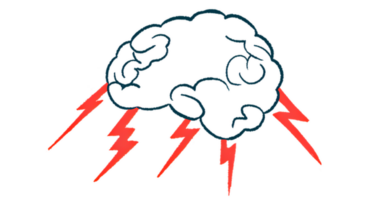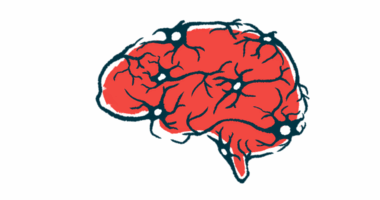Inexpensive Hand-Tracker Accurately Measures Bradykinesia in Parkinson’s Patients, Small Study Suggests

An inexpensive off-the-shelf hand-tracker can objectively and reliably measure Parkinson’s disease-related slowness of movement (bradykinesia) over time, both in a clinical setting or at a patient’s home, researchers report.
The study, “Objective evaluation of bradykinesia in Parkinson’s disease using an inexpensive marker-less motion tracking system,” was published in Physiological Measurement.
Accurately assessing bradykinesia, or the progressive slowness of movement over time, is key in the management of Parkinson’s disease and allows clinicians to adjust therapies throughout disease progression.
Bradykinesia is usually assessed using part of the Movement Disorders Society – Unified Parkinson’s Disease Rating Scale (MDS-UPDRS). This rating scale requires patients to perform a series of repetitive movements, which are then evaluated by a clinician from 0 (normal) to 4 (severe) to reflect a patient’s level of motor impairment.
However, this scoring method is not sufficiently sensitive, and is dependent on a particular clinician’s experience, making it subject to evaluator variability.
Discuss the latest research in the Parkinson’s News Today forums!
“Furthermore, patients residing in remote communities lack access to specialist clinics leading to a growing demand for objective monitoring systems that can be deployed in the absence of a movement disorders expert,” the researchers wrote.
There is an urgent need for developing objective, effective, and convenient measurements to help clinicians accurately identify bradykinesia.
“Although various technologies have been developed for assessing bradykinesia in recent years, most still require considerable expertise and effort to operate,” they added.
Therefore, a team of Australian researchers aimed to quantify the overall severity of bradykinesia in Parkinson’s disease patients using an inexpensive off-the-shelf hand-tracker, also known as a leap motion controller (developed by Leap Motion).
The leap motion controller is a small USB device that plugs into a computer. Using miniature infrared cameras and built-in image recognition algorithms, the technology scans the area between the subject and the computer, and tracks both hands and all 10 fingers as they move through space.
Researchers also investigated whether there was the need to perform a variety of hand tasks, or if just one was enough to characterize symptom severity.
The team evaluated 8 patients with Parkinson’s disease (from 44 to 60 years old, and 75% male), who were responsive to levodopa therapy (mean disease duration was 10.3 years) and receiving deep brain stimulation (DBS) for at least six months. Participants arrived off-medication, which continued throughout the study. Patients were assessed on and off DBS stimulation.
The software captured patients’ ability to rotate their palms down (pronation) or up (supination), open and close their hands, and tap their fingers, following MDS-UPDRS recommendations. At the same time, the participants’ movements were also scored by three clinicians.
“A total of 144 trials were recorded (8 subjects x 2 hands x 3 therapeutic conditions x 3 tasks),” the researchers wrote. Measurements were taken when DBS was “on” at the beginning of the study, 60 minutes after turning “off” DBS, and 30 minutes after turning back “on” DBS.
The software showed bradykinesia scores strongly correlated with clinical scores, indicating that the extracted motion data (amplitude, frequency, and velocity) can detect differences in the severity of slowness of movement.
Contrary to wrist and hand tasks, finger-tapping did not significantly predict bradykinesia severity, as the software often failed to track finger movement.
The motion tracking system was also able to differentiate between “on” and “off” DBS states, and, as expected, no difference was observed between both “on” periods.
“The results suggest that the prediction model produces a consistent and reliable score, which supports its use in clinical assessments,” the researchers said. “An objective assessment tool, such as the one proposed here, is therefore advantageous and may not only improve patient care, but also the accuracy and reliability of symptom severity reported in clinical trials.”






